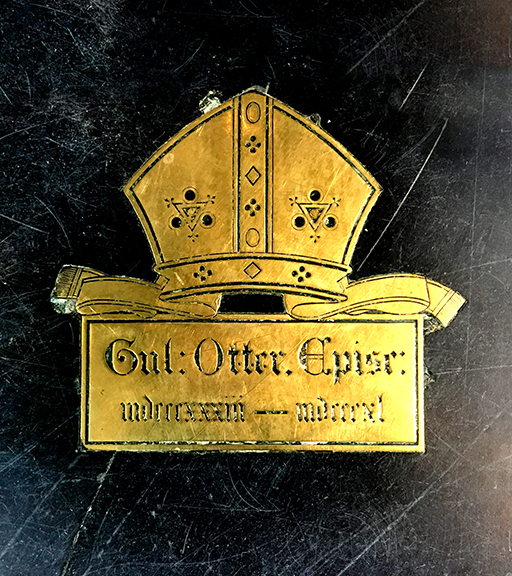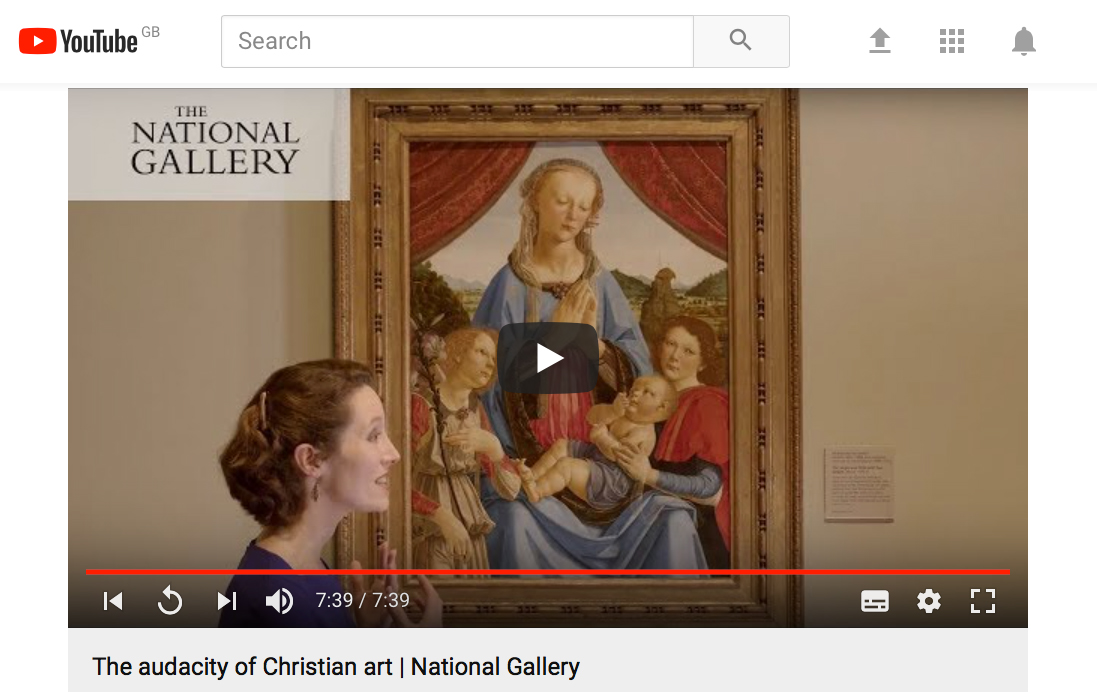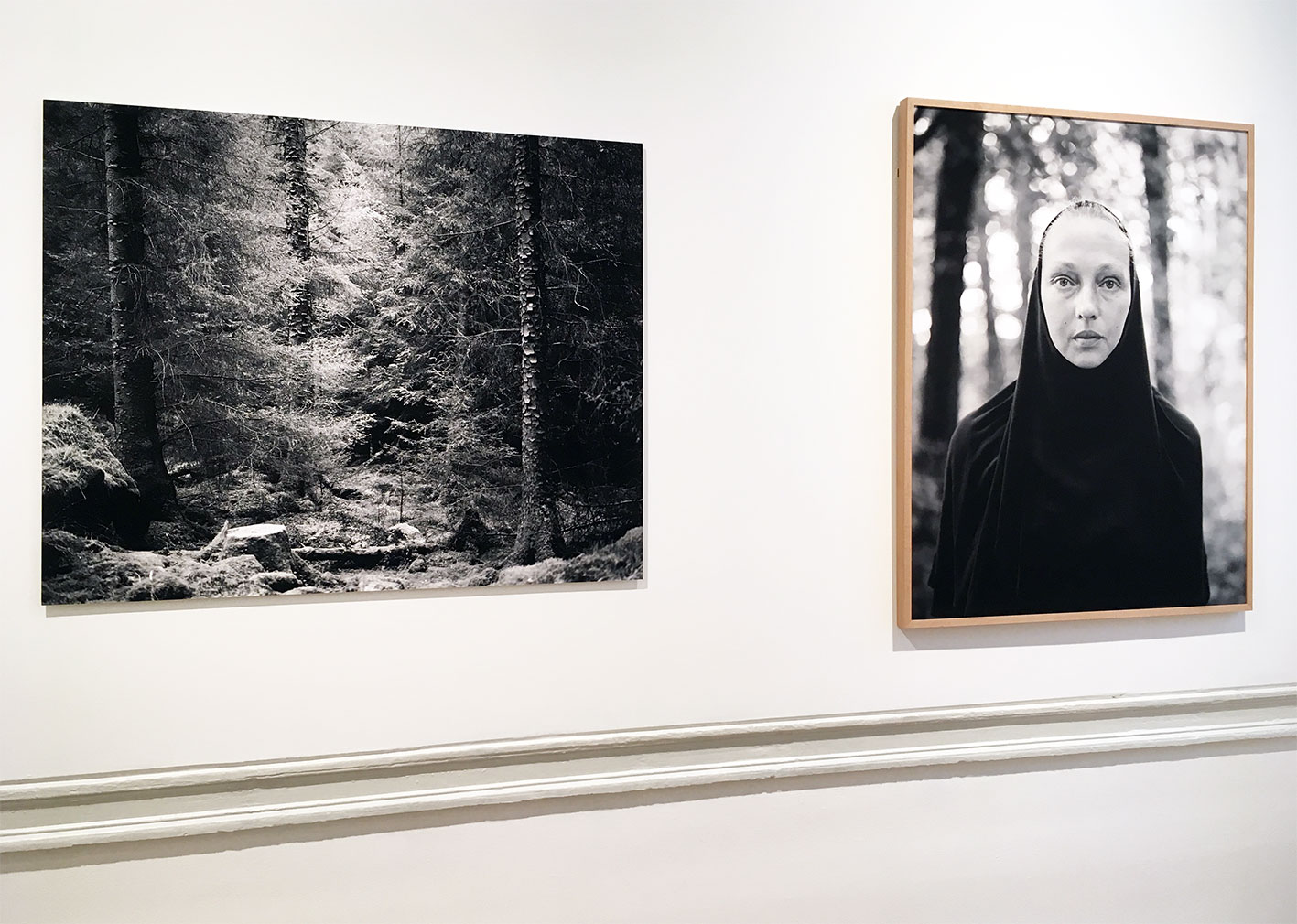In my new role as the Bishop Otter Scholar for theology and the arts, I have started to explore the potential avenues for continuing my doctoral research in photography and the Bible. Where my patrons thus far been Bible Society and the University of Gloucestershire, now I am employed by Bishop Martin Warner of the Diocese of Chichester, and will be affiliated with ASK (Centre for Art and the Sacred) at King’s College London. This finds me reflecting on new starts much as I did at the beginning of my artist residency at Trinity College in Bristol: it’s tempting to think of this institutional identity in static terms of association and contracts of exchange – the ‘business’ side of life commonly works by these markers. But just as I reflected on journeys, pilgrimage, and passages at Trinity, I want to begin here with a reflection on this ‘journey’ side of life, now with a changing sense of movement and relation.
Continuing as I am in a role previously occupied by Dr Naomi Billingsley, it is entirely fitting to be guided into Chichester quite literally, in the form of an app she helped to develop, Alight: Art and the Sacred. Free to download, it provides audio commentary for a gentle walking route from the city walls to Chichester Cathedral (approximately 1/2-an-hour), and then around the Cathedral taking in its many artworks by, among others, Graham Sutherland, John Piper and Marc Chagall (just over an hour). Interactive and insightful, it naturalises a engagement with the world that is also rich and deep with history, art, meaning, and above all, spirituality. I was entranced during the outside route: peripheral noises of cars and people passing were (at times unnervingly) connected in reality and recording, and thronging crowds on the high street really did bring the sense of pilgrimage to life. The genial commentary provided by Professor Ben Quash weaves a vibrancy and immediacy between tangible, physical connecting (across city wall, street plan, and cathedral edifice) and the retracing of history and heart as centred on the spiritual centre of the city.
Finding a climax in the approach to the cathedral entrance, the sense of arrival is reframed by the vertical dimension, where Bishop Martin comments on the spire’s heavenly orientation. Here indeed is the marker that defies all other markers, the catapulting idea that, as he quotes Augustine, we come to God not by navigation (Chichester Cathedral can be seen from the sea), but by love. Every footstep, every decision, every effort of exploration, and thinking that one might conjure a full-stop achievement of horizontal containment is sprung open by the mystery of being found, already, always. The urgency of every pilgrimage is to somehow re-orient oneself to this dimension, to find ‘thin’ places and ‘slow’ time. In my turning into words, this will be an (all too human) attempt to stay close to wisdom, or a wisdom tradition. As I continue blogging, different directions and focusses will emerge, but I hope to journey in the model of Alight’s app, with photography’s realism and ‘nearness’ to help me along the way.
It’ll be natural enough to stop and stare and discuss things: inside the Cathedral, the works of art are just such a series of stations, and for this part of the app we’re treated to a range of different voices connecting image with symbol and text (from Professor Aaron Rosen on the Chagall window to Head Cathedral Guide Dr Judith Lee on the South Transept window). A long-time favourite of mine, Sutherland’s Noli Me Tangere (1960) is as jewel-like as Canon Dr Anthony Cane evokes. With its bright blocks of red and green, and Jesus zig-zagging across horizontal and vertical dimensions like he owns them, it’s a beautiful and dynamic moment of transformation and revelation. At times the discussions of art works remain self-contained in a way that misses the pilgrimage setting – as no doubt my own of the future will – but on the whole, another’s captivation reveals previously hidden gems, like Karen Coke on the monkey in the Charter panels of Lambert Barnard (1530s). My own viewfinder looked down to the floor, finding a testimony to Bishop Otter himself, as seen in the photograph above. Nearby, the commemorative inscription for his life ends with words from James 3:17, a fitting motto for any following pilgrim:
But the wisdom that is from above is first pure, then peaceable, gentle, and easy to be intreated, full of mercy and good fruits, without partiality, and without hypocrisy.
Header image: Plaque marking the site where Bishop William Otter was interred, Chichester Cathedral, 1840. Photograph by Sheona Beaumont.



